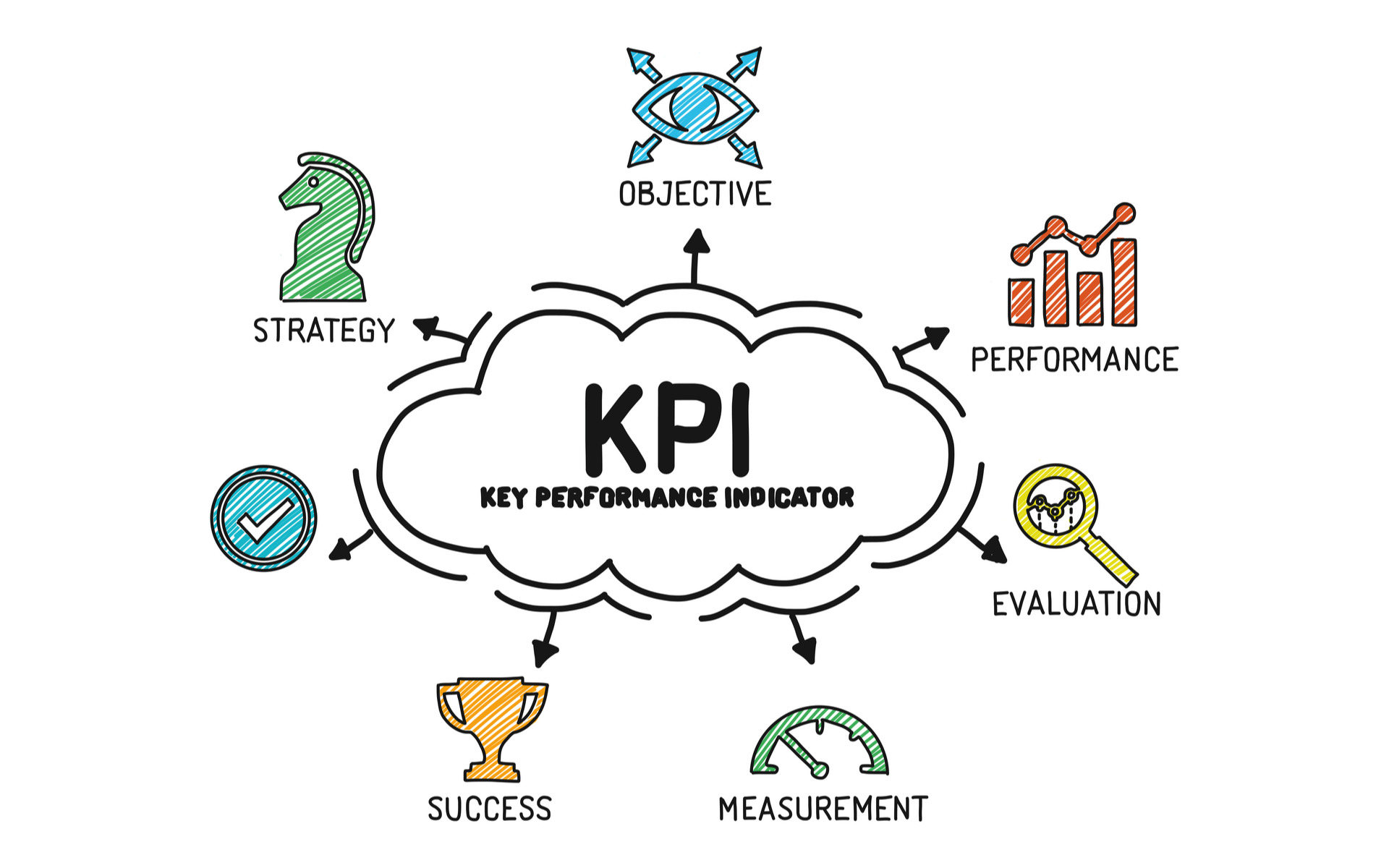
How to Prove Your Marketing Strategy Works: Key Performance Indicators
In The Art of War, Sun Tzu said, “Strategy without tactics is the slowest route to victory. Tactics without strategy is the noise before defeat.”
Defeat in our world is wasted advertising dollars.
Businesses can have a lot of fun making a lot of noise, but if that noise is not tied to measurable goals, it’s a firecracker when you need dynamite. Noise without the substance to actually produce results.
Strategy in marketing MUST have clear goals, and you need to know how to track progress toward results.
Enter marketing metrics.
Metrics are like mile markers on the highway to Strategy Success-ville. (population: you)
Key Performance Indicators (KPIs) are critical indicators to measure the progress of those metrics. If you don’t measure, you can’t improve. Every KPI should relate to a specific outcome and be defined by a core business goal.
Effective KPIs:
- Provide objective evidence of goal progress
- Inform better decision-making
- Gauge performance over time
- Track efficiency
- Help you define where you are, where you want to go, how you can get there
For example, if you track Conversions per Site Visit as a KPI, you could answer this question: “Of ALL my website traffic, how many visitors become leads or make a purchase?”
Examples of Top KPIs by tactic:
- Website
- Traffic
- Sales
- Unique visitors
- Conversions per site visit
- Bounce rate
- Average session duration
- Content Marketing (like a blog)
- Unique page visits
- Time on page
- Inbound links
- Shares
- Comments or interactions
- SEO
- Conversion rate
- Organic sessions
- Domain authority
- Click-through-rate
- Backlinks
- Bounce rate
- Social
- Shares
- Comments or interactions
- Impressions
- Follower count
- Reach
- Average engagement rate
- Email
- Delivery rate (hard and soft bounces)
- Open rate
- Click-through-rate
- Unsubscribe
- List Growth
- Paid Search
- Conversions
- Click-through-rate
- Cost-per-click
- Revenue
- Phone Calls
So how do you pick KPIs?
Every business wants to grow revenue. Your job is to clearly define your Customer Value Journey and the conversion process for each phase. Read How To Connect the Customer Journey to Your Business Goals.
Once you understand that process, you can set goals and create a plan to grow revenue.
At Mid-West Family, we recommend selecting KPIs at each stage of the Customer Value Journey in your sales funnel.
Best company’s Alice Stevens said, ““While most websites share the goal of generating revenue, the conversion process is different for each. I recommend understanding your conversion process and goals first. Then, choose metrics that best illustrate the success of each conversion step and revenue.”
- Top of Funnel
- Website – new and total visitors
- Direct Visitors
- Branded Search
- Middle of Funnel
- Direct returning visitors
- New leads generated – new contacts, form fills, etc.
- Social Media – follower growth and # of social shares
- Bottom of Funnel
- Visits to conversion
- Revenue per visit
- Average order value (ecommerce)
- Promotional metrics – offer specific promotions and emails
Example:
You set a goal to increase sales revenue enough this year to net a 20% return on all of your advertising efforts. If you invest $100,000 in marketing and advertising, you would need $120,000 in gross profit for a full 20% Return on Investment (ROI). At your 31% gross profit margin, $387,097 in gross sales is needed. How many customers do you need to get there?
Your closing ratio, or the rate at which you convert a lead to a customer, is 35%. If each customer is worth $800 over the course of a year, you would need 1382 leads/prospects (only 3.8 per day) to close 484 customers.
So how do you acquire all of those leads?
First you need to determine baselines of how your conversion process currently works. We recommend diving into your website’s Google Analytics.
- How is your website currently converting? If your website converts at the average 2.31%, you would need 59,900 website visitors to reach your goal WITHOUT optimizing a single thing. YIKES! That’s inefficient
- KPI example: grow visits to conversion rate by X percent
- Which campaigns are top performers? Is traffic from social media converting more often than paid search?
- KPI example: grow social media followers by 0.5% monthly.
- How are your traditional marketing efforts working?
- KPI example: increase branded search traffic by 3% in the second quarter
What happens if you don’t establish and track KPIs?
You will wade in the waters of Confusion, swim in the sea of inaccurate feedback.
Less dramatic translation = you’ll just be guessing!
Failure to track your marketing metrics leads to uncorrected problems or bottlenecks. You cannot, with full confidence or accuracy, know what is working and what is not. We often see advertisers fall victim to the “spray and pray” advertising method when they don’t establish strategy. This method involves pouring your budget into as many marketing tactics as possible, hoping to reach as many people as possible, hoping it will motivate someone to buy your product.
You won’t grow, at least more than sheer luck allows. You’ll drift along in unmeasured mediocrity until competition catches up.
Take the time to clearly define your goals, and plan how you will reach them with Key Performance Indicators guiding you along the way.
The Right KPIs for You
No matter your goals, it is vital you and your team have the right metrics to measure what matters for your company. Know your KPIs may evolve over time as your marketing matures.
Review your goals and ask:
- What is the most important metric to measure right now?
- What are the most important metrics to measure at each stage of our funnel?
Ultimately, you know your business and goals better than anyone else. Build KPIs that drive you to those goals.

- Social Media Nightmares
- Chasing A Branded BBQ Legend
- So You’re Telling Me There’s A Chance!
- What the Influencers Said
- How to Delight Your Customers


